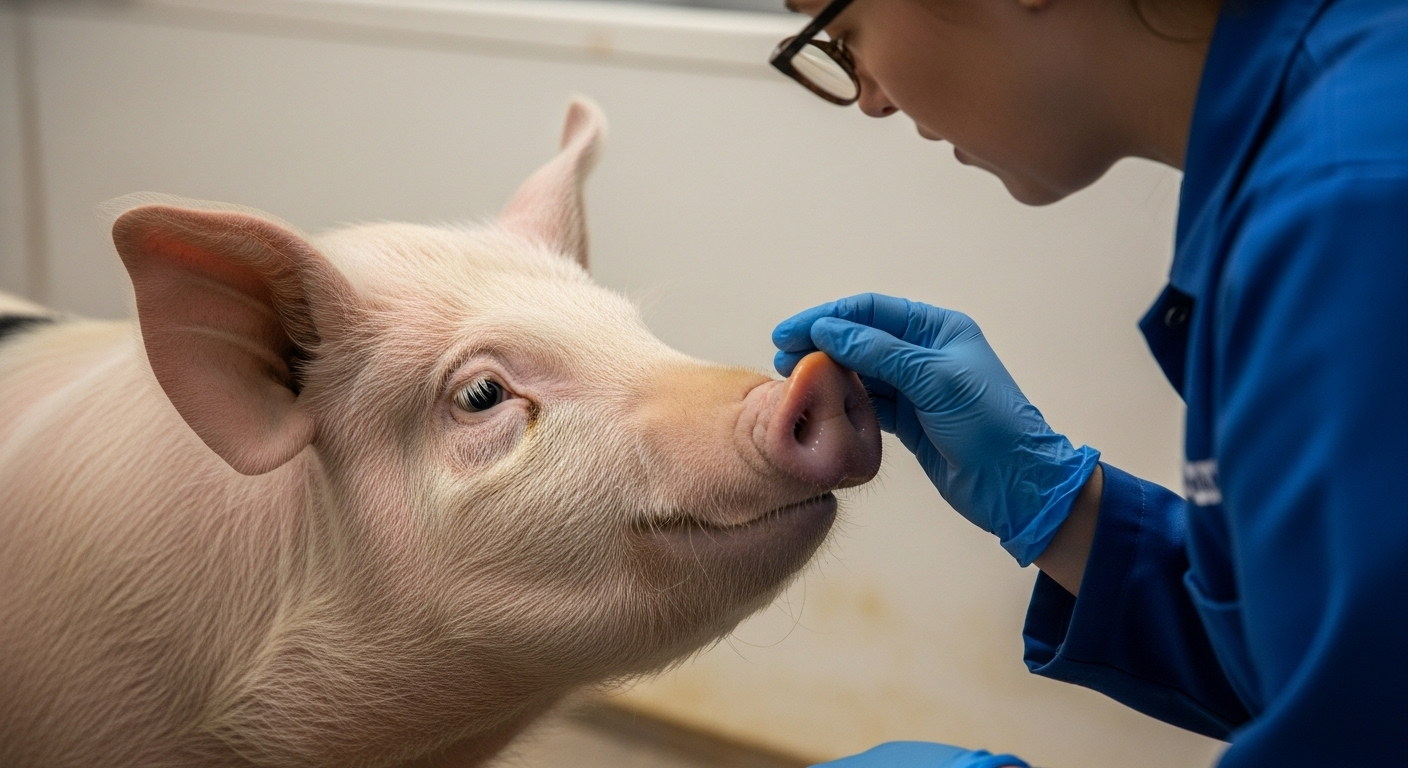Unraveling the Mysteries of Active Aerodynamics in Modern Cars
Introduction: Unearthing the secrets of active aerodynamics, the force behind the thrilling performance of modern cars. This technology, while often hidden in plain sight, plays a significant role in shaping the future of automotive design and engineering.

The Genesis of Active Aerodynamics
Active aerodynamics is a technology that has its roots deeply entrenched in the world of motorsport. In the early days of racing, engineers discovered that manipulating the airflow around a vehicle could significantly improve its performance. This led to the development of static aerodynamic features such as spoilers and air dams. However, as motor racing evolved, the need for adaptable aerodynamic solutions became apparent, paving the way for the birth of active aerodynamics.
Active Aerodynamics: A Deeper Dive
Active aerodynamics refers to the ability of a vehicle to automatically adjust its aerodynamic characteristics to adapt to changing driving conditions. This is achieved through an array of sensors and actuators that work in unison to make real-time adjustments to the vehicle’s aerodynamic appendages. This technology aims to strike a perfect balance between drag and downforce, two conflicting aerodynamic forces that have a significant impact on a vehicle’s speed, stability, and fuel efficiency.
The Impact of Active Aerodynamics
The advent of active aerodynamics has ushered in a new era in automotive design and engineering. This technology has made it possible for cars to achieve unprecedented levels of performance and efficiency. For instance, active aerodynamics can help reduce a vehicle’s drag, thus improving its fuel efficiency and top speed. At the same time, it can increase the vehicle’s downforce, thereby enhancing its stability and cornering ability.
However, the implementation of active aerodynamics is not without its challenges. The complexity of this technology requires a high level of mechanical and electrical integration, making it expensive to develop and maintain. Moreover, the use of active aerodynamics is subject to stringent regulations in many motorsport categories, limiting its widespread adoption in the racing world.
The Future of Active Aerodynamics
Despite these challenges, the future of active aerodynamics looks promising. With the continuous advancement in sensor technology and computational fluid dynamics, we can expect to see more sophisticated and efficient active aerodynamic systems in the future. Furthermore, as the automotive industry shifts towards sustainability, the role of active aerodynamics in enhancing a vehicle’s fuel efficiency will become increasingly important.
Final Thoughts
Active aerodynamics is a fascinating field that combines the principles of aerodynamics, mechanical engineering, and electronics. While it may seem like a complex and elusive technology, its impact on the performance and efficiency of modern cars is undeniable. As we look forward to the future of automotive technology, one thing is certain: active aerodynamics will continue to play a pivotal role in shaping the way our cars are designed and engineered.




